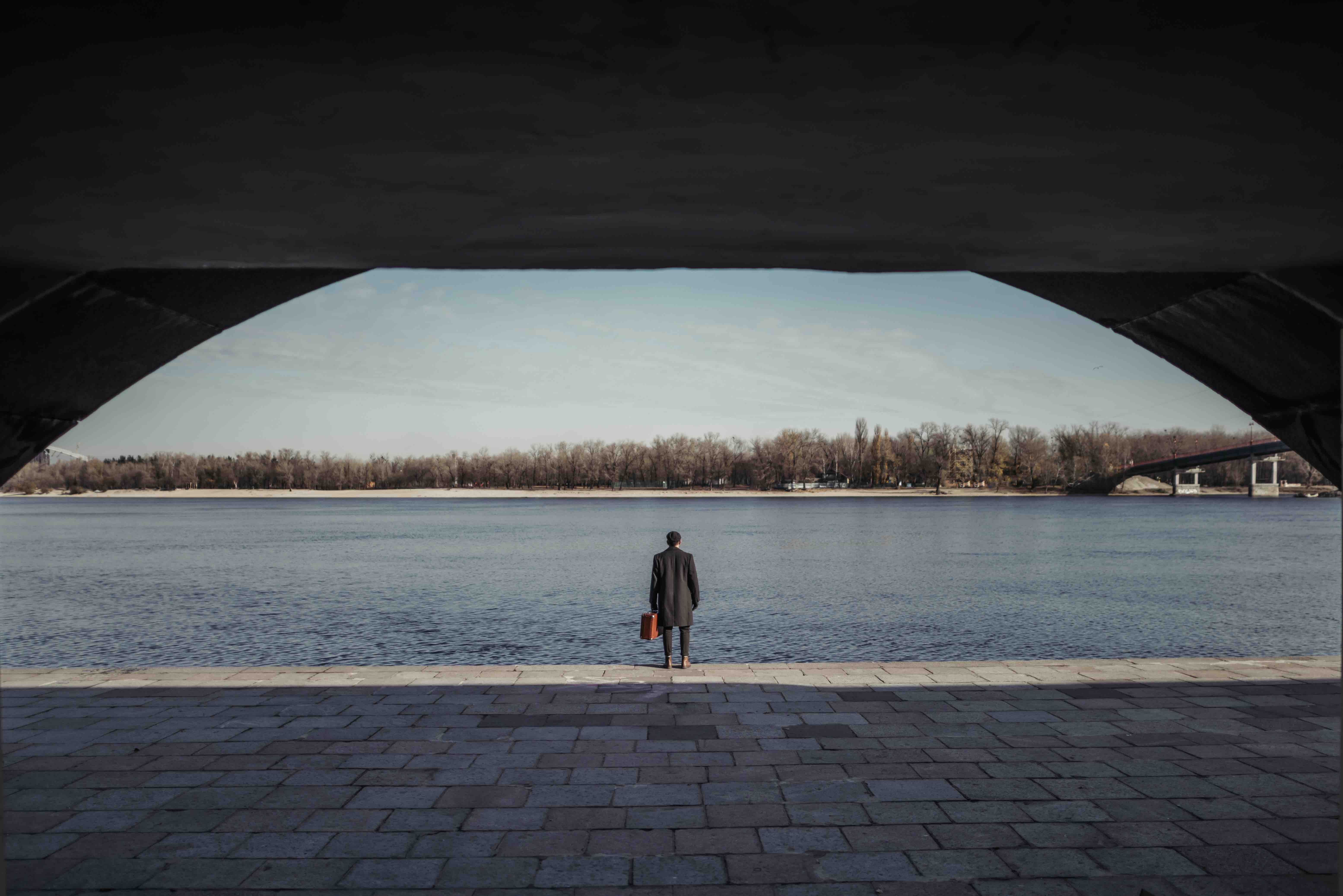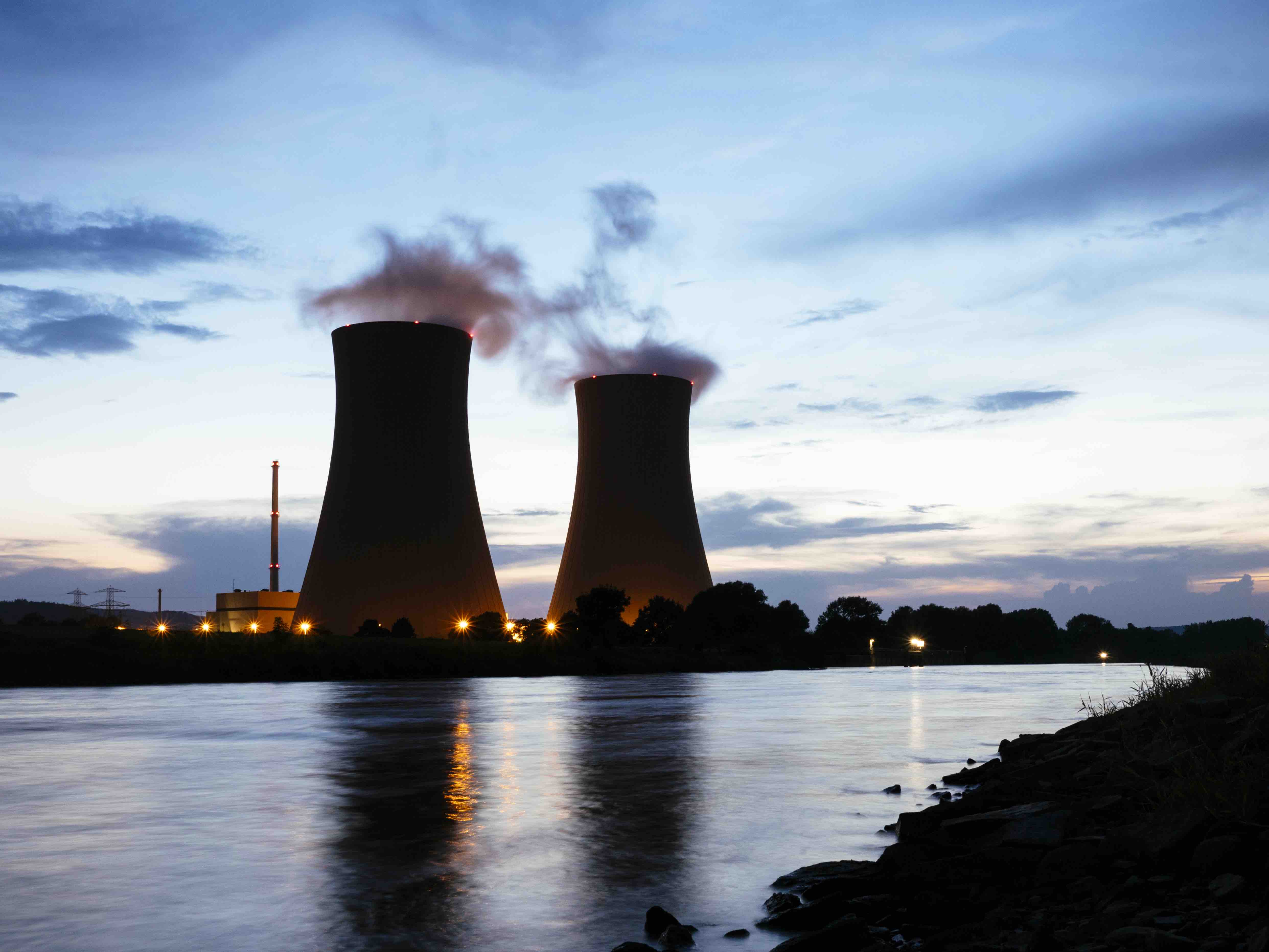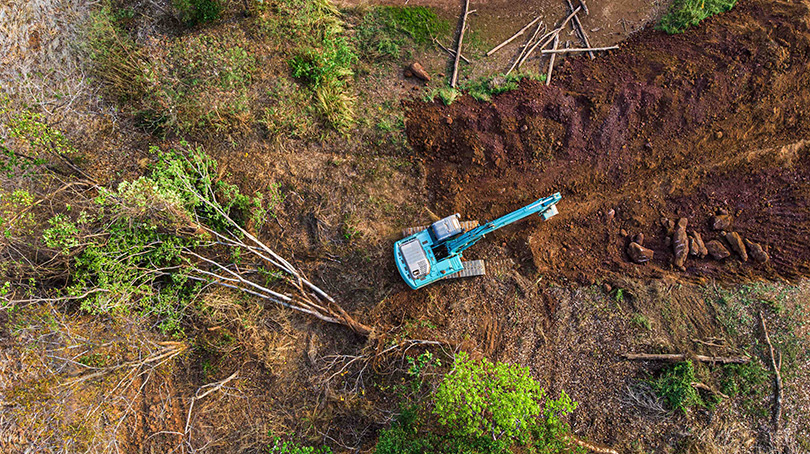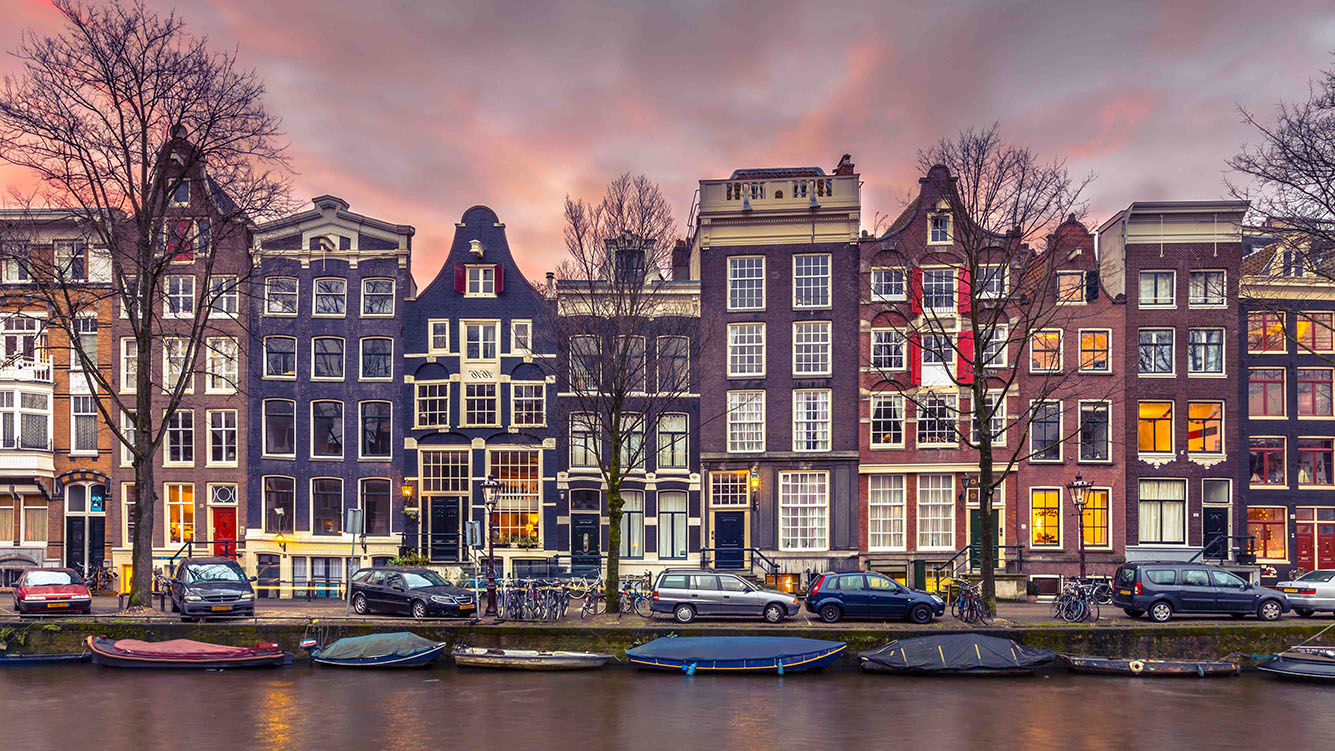
Today, the World Health Organization ranks Libya as the 20th most water-stressed country on the planet. Its freshwater supplies come mostly from four aquifers: Kufra, Sirt, Morzuk, and Hamada. The latter three of these aquifers, which are located inside the Nubian Sandstone Aquifer, are getting low on water supply. Over 90 percent of Libya’s water comes from the Great Man-Made River Project (GMMRP), which Qaddhafi hailed as the “eighth wonder of the world” and hailed as the final answer for Libya’s water demands at the time.
Subterranean network of pipelines
The Great Man-Made River is a large network of underground pipes and aqueducts that delivers high-quality fresh water from ancient underground aquifers deep in the Sahara to the coast of Libya for use in agriculture, industry, and home purposes. Since 1991, the project has been supplying much-needed irrigation and drinking water to populous towns and farming areas in Libya’s north, which previously were dependent on rain-fed aquifers along the coast that were depleting. In addition, the project has made it possible for these cities and farming areas to become less reliant on desalination plants.
Libya is one of the driest countries in the world, with 90% of its territory being desert, the majority of its population being forced to congregate along the country’s northern coast, and agriculture accounting for 85% of the country’s total water usage.
Since Libya does not possess any natural water reserves, such as rivers, it is forced to place a significant amount of dependence on groundwater aquifers. It will be quite difficult for the country to continue to rely only on natural resources for its water supplies if the effects of climate change continue to worsen. Oil, often known as Libya’s black gold, was discovered in the 1950s, and this led to the discovery of enormous water aquifers underneath the country.
5 phases of restoration of water supply
The plan for the project, which is expected to continue for another 25 years, includes a total of five phases. Each one exists primarily apart from the others in its own right, but they will eventually come together to form a unified system.
-
Phase 1: In 1991, a ceremony was held in Benghazi to mark the successful completion of Phase I. The well fields in the south and the target towns in the north are separated by approximately 1,600 kilometers of double pipeline in GMR 1, which has the potential to carry 2 million cubic meters of water per day. However, only a portion of that capacity is currently being utilized.
-
Phase 2: Tripoli, the capital of Libya, is now receiving its drinking water supply from a second system known as GMR 2, which is located in western Libya. The water used by GMR 2 comes from one of three well fields located in the Jabal al-aswinah region.
-
Phase 3: GMR 3 was divided into two sections and 1,200 kilometers of pipelines were introduced in total. The first section operated as an expansion of GMR 1 and added 700 kilometers of new pipelines and pumping stations to increase the existing system’s daily supply capacity to 3.68 million cubic meters. The second phase required the construction of a reservoir south of the city and an additional 500 kilometers of conduit to deliver an additional 138,000 cubic meters per day of water to Tobruk from wells in the Al-Jaghbb oasis.
-
Phase 4&5: The project also includes two additional phases GMR 4 and 5, which include a southward extension of the GMR 1 system to well fields in the Al-Kufrah region, a pipeline from wells near Ghadames in the western desert to the coastal cities of Al-Zwiyah and Zuwrah, west of Tripoli, and a pipeline connecting the GMR 1 and 2 systems.
Upon completion of all phases, the GMR would have a daily capacity of approximately 6.5 million cubic metres of water. The entire network would consist of approximately 4,000 kilometers of pipeline. The GMR project has been contributed to by a significant number of engineering businesses from all around the world.
The GMMRP has done a lot to ensure access to water for agricultural and domestic use, but authorities have not properly examined the consequences of climate change. Libya’s political and economic instability has made the project vulnerable to violent attack and severe mismanagement.
Libya must find new ways to manage groundwater and explore other water resource development methods, such as desalination, to meet its expanding water demand.







